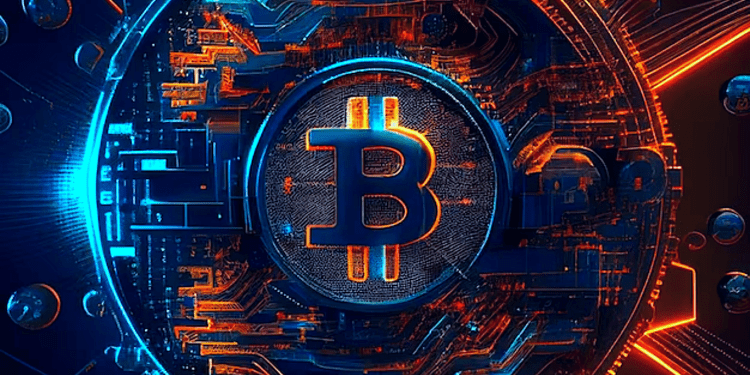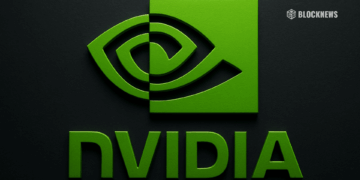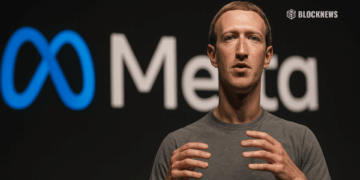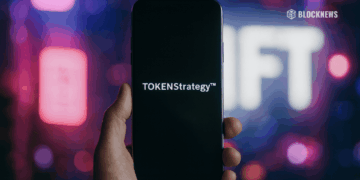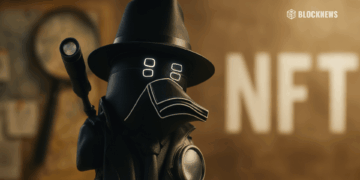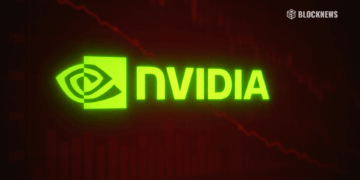- Bitcoin’sBitcoin’s Ordinals experienced significant growth in 2023, with nearly 35 million inscriptions minted by September.
- Despite a bearish NFT market, Ordinals became a standout success, constituting 18% of all NFT volumes in May and boosting Bitcoin’sBitcoin’s NFT trading activity.
No one could have predicted a year ago that Bitcoin [BTC] would become a preferred network for supporting non-fungible token (NFT) transactions. However, things turned differently this year when Ordinals emerged as one of the year’s major success stories in the blockchain field.
Ordinals Make an Excellent Debut
Ordinals are NFTs that can be minted directly onto the Bitcoin blockchain, as opposed to NFTs on the Ethereum blockchain, which point to off-chain data and rely on token standards to form a collection of tokens.
Ordinals concentrate on Bitcoin’s smallest units, satoshis. The protocol allows users to encode data into each satoshi. Smart contracts can be included in this data, which is then used to enable NFTs.
Launched in January, Ordinals experienced moderate growth in the first few months. According to research by blockchain analytics firm Galaxy Research, the ecosystem has flourished since March, with roughly 35 million inscriptions created until September.
It is important to note that text-based inscriptions made about 95% of all mints, despite digital artifacts or image-based data driving much of the buzz surrounding Ordinals.
However, when considering image-based inscriptions, Bitcoin Ordinals expanded quicker in its early stages than NFTs released on other networks.
Approximately 1.14 million digital artifacts were coined on Bitcoin over the first 200 days of activity. On the contrary, Ethereum and Solana (SOL) have seen substantially slower minting activity on their respective networks.
A Growing Oasis Amid an NFT Desert
Ordinals’ growth and development trajectory was notable because it occurred during the NFT crypto winter. Galaxy Research observed as part of the analysis,
“Despite the broader NFT market struggling to pull itself out of a bear market, Ordinals have gained significant traction, and the idea of digital artifacts on Bitcoin has flourished.”
Indeed, NFT trade volumes plummeted substantially in 2023, with monthly data gradually declining since the peak in February. Despite the darkness, Ordinals wrote a winning chapter.
Ordinals accounted for 18% of total NFT volumes in May. And, while falling out of favor since then, Ordinals were essential in propelling Bitcoin’s NFT activities.
The payments settlement network became a hub for trading digital artwork. In the first three quarters of 2023, Bitcoin had the third-highest NFT trading volume, surpassing famous names such as Polygon and trailing only Ethereum and Solana.
The Craze for Ordinals Raises Transaction Fees
The Ordinals’ enthusiasm also boosted network activity on the Bitcoin network to previously unheard-of levels. As previously stated, the trading volume of Ordinals peaked in May, owing primarily to the mass minting of BRC-20 tokens.
BRC-20 is a token standard that allows users to issue transferrable tokens directly over the network.
Due to the massive demand for blockspace, a transaction jam clogged the Bitcoin mempool. Galaxy Research reported that the traffic congestion had been ongoing for almost four months.
Since the bull run-induced boost in on-chain activity in 2021, this was the longest-running streak for a backlogged mempool.
Due to a spike in the number of unconfirmed transactions in the mempool, users were forced to bid up fees in order to jump the queue. This is because miners would most certainly include transactions with higher fees in the block while excluding those with fees less than a specific threshold.
Is a Promising Future Ahead?
Ordinals had an excellent debut, but they still had a long way to go. Bitcoin’s minting activity was much lower than that of other chains in the first 200 days. Other networks‘ experience and a well-developed ecosystem for NFT trades aided.
Furthermore, according to the research, the BRC-20 standard was found to be an ineffective technique for minting inscriptions. More efficient token standards were proposed to make it easy for users.
Furthermore, a significant push was required to increase the emphasis on minting image-based NFTs.


